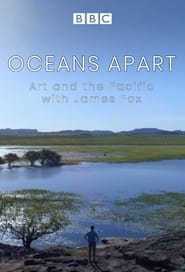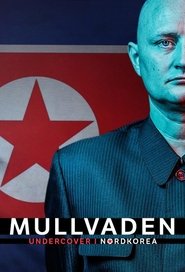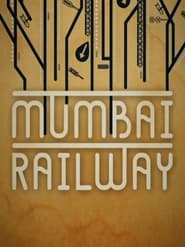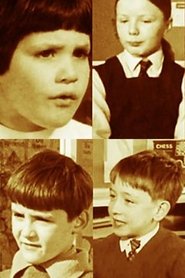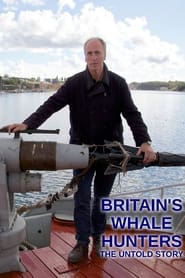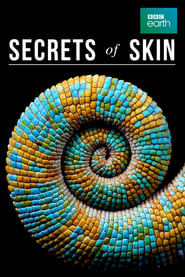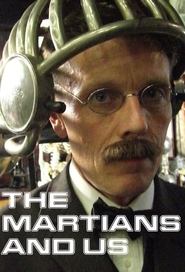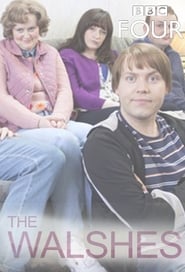Bbc Four TV Series - Page 15
-
Come Clog Dancing: Treasures of English Folk Dance
2010
Presenter Charles Hazlewood stages a 140-person flashmob clog dance and explores the history of this folk dance that originated in the collieries and pit villages of the north east of England in the 19th century. -
Inside the Medieval Mind
2008
Professor Robert Bartlett, a leading authority on the Middle Ages, presents a series which examines the way we thought during Medieval times. -
Meades Eats
2003
Meades Eats
2003
Meades asks if Britain really has suffered a "Gastronomic Revolution", and offers an A-Z of British food. -
Art of the Sea
2010
Art of the Sea
2010
Writer and poet Owen Sheers explores British art and literature inspired by the high seas. -
Murder 24/7
2020
star 5Following teams of detectives and specialists involved in murder investigations. -
Art of Persia
2020
star 8.4Broadcaster and journalist Samira Ahmed goes on a remarkable journey to places rarely seen, as she travels through Iran, telling the story of a complex and fascinating people, culture and history. -
Fabric of Britain
2013
Fabric of Britain
2013
Series of documentaries exploring Britain's relationship with fabric, featuring knitting, needlework and wallpaper. -
Majesty and Mortar: Britain's Great Palaces
2014
From the Tower of London to Buckingham Palace, Dan Cruickshank tells the story of a thousand years of palace building, the mystery of why so many have vanished and the magic of the ones that survive. -
How the Celts Saved Britain
2009
Dan Snow shines a light into the Dark Ages after the collapse of the Roman Empire in Britain -
The Violence Paradox
2021
The Violence Paradox
2021
Psychologist Steven Pinker believes we may be living in the most peaceful period in human existence. He explores the reasons why this might be and whether it could be prevented altogether. -
The Yorkshire Ripper Files: A Very British Crime Story
2019
star 7The case of the Yorkshire Ripper is re-examined by film-maker Liza Williams. -
Oceans Apart: Art and the Pacific with James Fox
2018
Art historian Dr James Fox traces the momentous impact of the west's contact with the peoples and cultures of the Pacific. It is a story of exploration, encounter and exploitation. -
Mumbai Railway
2015
star 2From the Chhatrapati Shivaji Terminus in Mumbai, Dan Snow, Anita Rani and Robert Llewellyn explore the science behind the world's busiest railway. With John Sergeant reporting from across India. -
Children Talking
2015
Children Talking
2015
A captivating insight into British life straight from the mouths of school children from the 1960s and '70s. -
Britain's Whale Hunters: The Untold Story
2014
Adam Nicolson looks at how and why whale populations were so drastically reduced in the 20th century, and attempts to see whaling through the eyes of the time. -
Secrets of Skin
2019
Secrets of Skin
2019
Featuring groundbreaking new science, experiments and leading scientists from a variety of disciplines, the series unravels the natural history of the body's largest organ. -
The Martians and Us
2006
-
The Walshes
2014
star 8.3The show follows the Walshes, a tight-knit family living in the fictional West Dublin suburb of Strollinstown.












